Battle of Philippi Historic Marker
Introduction
Text-to-speech Audio
The Battle of Philippi was little more than a skirmish between Union and Confederate partisans, but its occurrence on June 3, 1861 has led to its historic distinction as the "first land battle" of the American Civil War. At the time, Philippi held some measure of strategic importance to both Union and Confederate supporters due to its location on the Baltimore-Ohio Railroad. Just before dawn on the day of June 3, 1861, Union and Confederate forces clashed in Philippi. Outnumbered, Confederate forces began a quick and steadfast retreat from the area; so quickly was their retreat that it became known as the "Philippi Races."
Images
Battle of Philippi Historic Marker
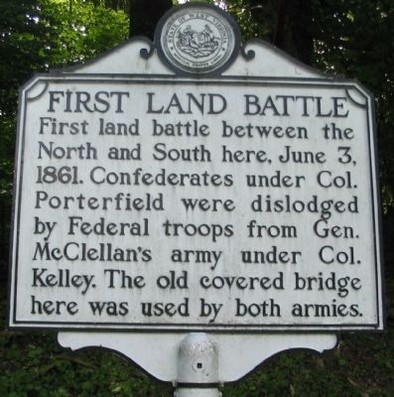
"In foreground, Federal artillery firing brass six pounders from Talbott Hill, now the site of Alderson Broaddus College. Center, left, Kelley on horseback leading his men into the town. Center, cavalry tents: Confederate cavalry leaving for Beverly. Hill in distance, Milroy's troops firing on retreating Confederates who are returning fire from the Beverly-Fairmont Pike. Center, right, Covered Bridge crossing Tygart's Valley River."
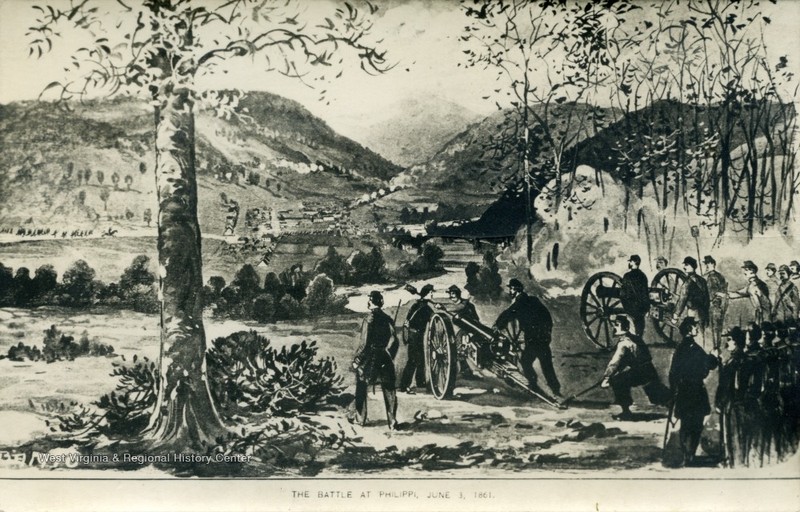
Battle of Philippi (Map by Edward Alexander)

"View from Position of Federal Battery First Battle of Civil War, June 3, 1861, Philippi, W. Va."

Sketch of the Battle of Philippi

The ride of Colonel Lander to join the assault on Philippi (Frank Leslie's Illustrated Newspaper)
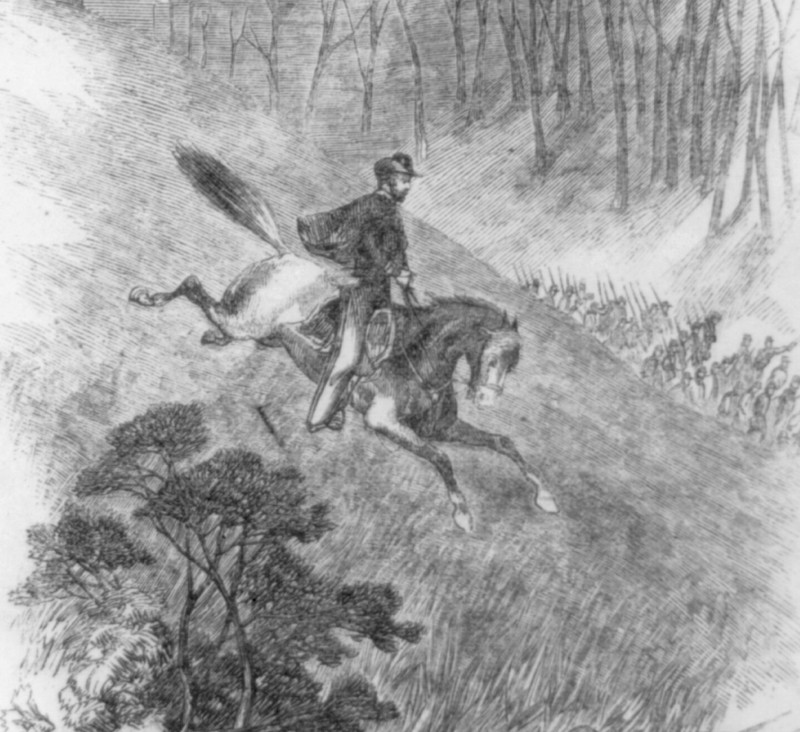
George Porterfield, image from 1899
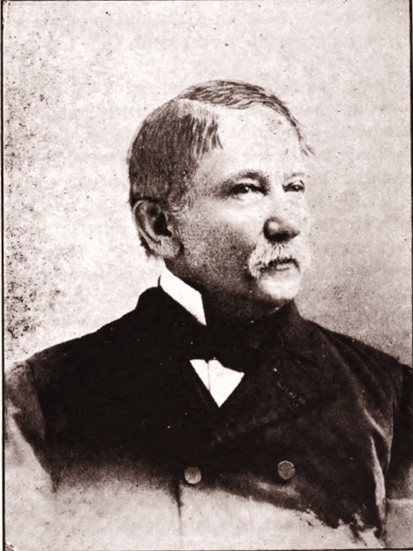
Union Brigadier General Thomas Morris devised the strategy to attack Philippi.
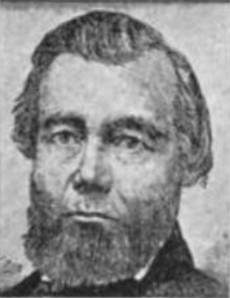
Colonel Benjamin Kelley commanded one of the Union columns and was wounded in the chest at Philippi.
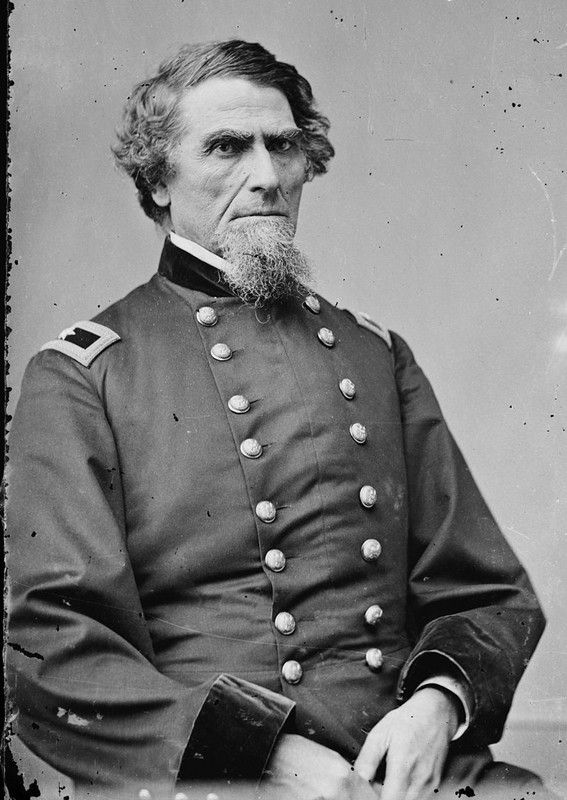
Colonel Ebenezer Dumont commanded one of the Union columns.
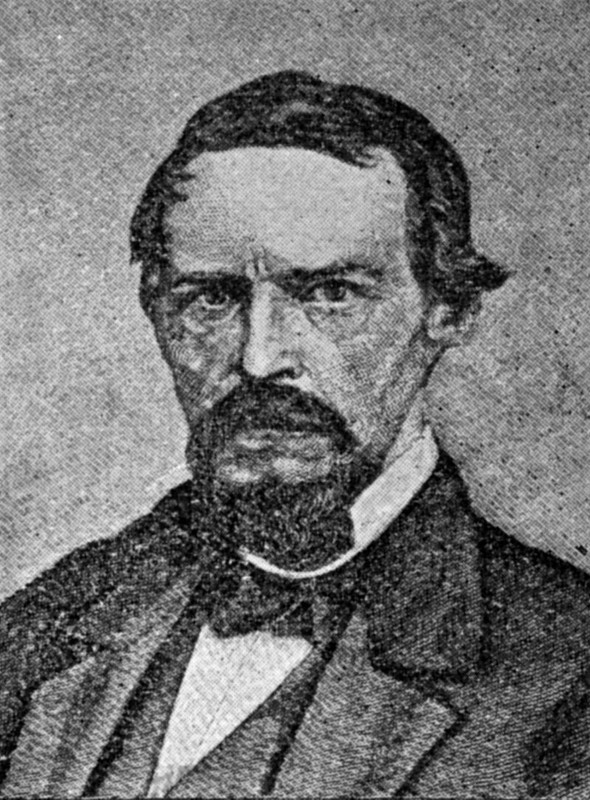
Frederick W. Lander was an honorary colonel at Philippi, he was a volunteer aide-de-camp serving with Thomas Morris.
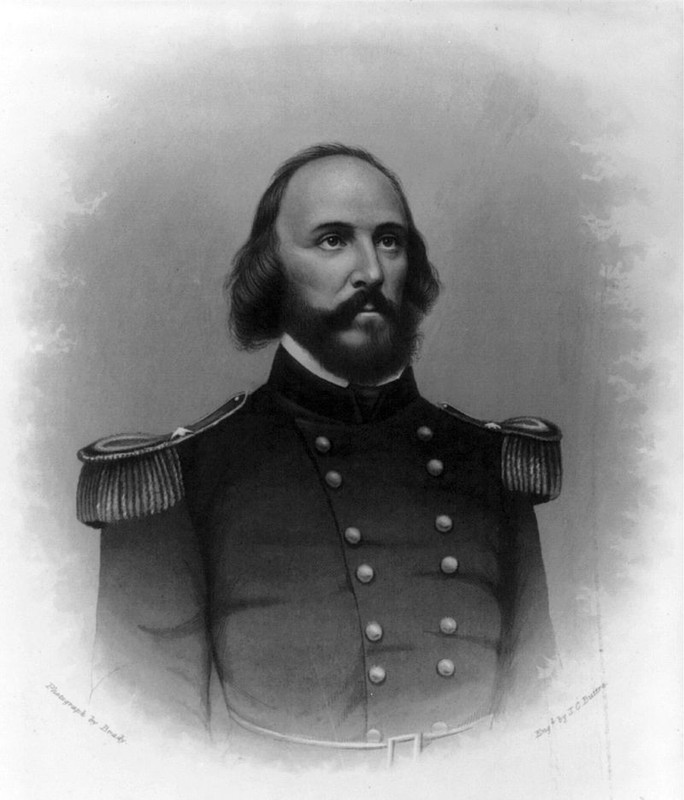
Photo of James E. Hanger, 1902.
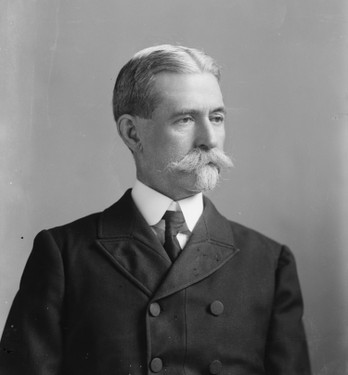
Dr. James Robinson who performed the 1st amputation of the Civil War on James E. Hanger
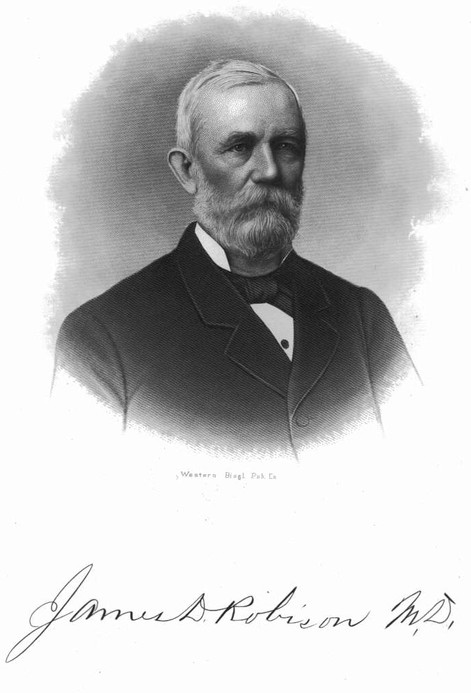
Backstory and Context
Text-to-speech Audio
The 1861 western Virginia campaign occurred when that region was still part of Virginia, but was already thinking about breaking away due to their closer ties with Pennsylvania and Ohio. Within the western portion of the state lay mineral deposits useful for the production of arms and ammunition and transportation networks between Virginia and the mid-west. To secure these for the Union, George B. McClellan invaded western Virginia as commander of the Department of the Ohio against the Confederate forces there.
Philippi was not of great military importance, but the juncture of the Parkersburg-Grafton Railroad and the Baltimore & Ohio lay 25 miles north at Grafton, connecting the eastern states and the mid-west. Robert E. Lee, then in command of all military forces in Virginia, ordered Colonel George Porterfield to recruit a Confederate force in the western counties to hold the rail lines at Grafton. Porterfield was largely unsuccessful due to the Union loyalties and resentment against the Richmond government. He did raise three ill-equipped companies and he occupied Grafton on May 25, 1861. To help defend his position, Porterfield ordered Colonel William Wiley to burn several bridges on the Grafton-Wheeling line to slow enemy movements.
With Porterfield's destruction of railways, McClellan decided to move troops and supplies into western Virginia to occupy the area and protect Unionist civilians. Troops, including the first regiment recruited in (West) Virginia [the 1st Virginia Infantry (Union)], moved south from Wheeling on May 27th.
When Porterfield learned of the Union troop movements, he withdrew further south to Philippi. The Union force arrived at Grafton to find the Confederates gone. Indiana Brigadier General Thomas Morris orchestrated a plan to use a two-pronged assault to trap Porterfield at Philippi. Two columns would move south from Grafton on each side of the Tygart Valley River. The Union plan was for both columns to arrive at Philippi at 4:00am on June 3. One column would engage the Confederates at dawn while the other the other column cut off the Confederate retreat on the Beverly-Fairmont Road.
On the night of June 2-3, 1861, the two Union columns marched through the rain to converge on Philippi. Colonel Benjamin Kelley of the 1st Virginia Infantry (Union) led a column of approximately 1,600 men including the 9th Indiana Infantry and six companies of the 16th Ohio Infantry. Kelley’s force boarded a train at Grafton, suggesting that they were moving towards Harpers Ferry, but just past Thornton the troops got off the train and marched south. Kelley’s column had 22 miles to march to reach Philippi. The second column of approximately 1,400 men was commanded by Colonel Ebenezer Dumont and consisted of the 7th Indiana Infantry, five companies of the 14th Ohio Infantry, six companies of the 6th Indiana Infantry, and two artillery guns of the 1st Ohio Light Artillery. Dumont had the shorter route with a 12-mile march to Philippi.
While both columns traveled by train before disembarking and marching south on foot to mask their destination, two Fairmont women took notice of the troop movements and rode south to warn Porterfield at Philippi. When they shared the news, citizens in Philippi panicked and many fled the city, but Porterfield wanted to wait until dawn believing that the Union army would not be able to march in the storm. He ordered his men to be ready to move and sent his cavalry out as scouts on the road to prevent any surprise attacks. However, the officer in charge of the sentinels did not perform his duty and around midnight the guard and cavalry sought dry refuge from the storm.
The two Union columns pushed through the thunderstorm, although the rain did delay their progress. Dumont’s column was running late but he pushed the pace of his men to make up the time, assisted by Colonel Frederick W. Lander. Lander managed to get the two artillery guns in place above Philippi just in time before the fog lifted, with Dumont and the infantry close behind. In position, Lander waited to hear the signal shot from the other Union column. The second column under Kelley fared worse on their march. Their local guide tried to lead them astray down the wrong road. Kelley sensed that the path was wrong and sent the 9th Indiana Infantry down the other road. Kelley’s force was supposed to be in position south of Philippi to block the Confederate retreat, but his column was well behind schedule.
As Dumont’s column marched south on the road, local resident Mrs. Thomas Humphreys put her 10-year-old son on their horse to ride and warn Porterfield at Philippi. The Union troops easily caught the child and pulled him off the horse, which caused Mrs. Humphreys to assault the men with rocks and insults until they released her son. She attempted to get him back on the horse, but the soldiers pulled him off again. At this, the woman pulled out a pistol and fired a shot.
Lander and the 1st Ohio Light Artillery heard Mrs. Humphreys’ pistol shot and took that as the signal to fire on Philippi. As the two guns opened fire, Dumont’s infantry rushed forward towards the town, crossing over the covered bridge. At that point, Dumont’s column could finally see Kelley’s force approaching on the other side of the river, neither section was in place to block the Confederate path of retreat. In the excitement, Colonel Lander galloped down the hill and across the bridge to join the Union assault, meeting Colonel Kelley’s column who swept in from the other direction.
The artillery fire woke the sleeping Confederates who had no warning because their cavalry and sentinels were not in place. Men rushed to get out of their beds, dressed, and ready for combat. For most, the confusion and surprise assault led to a hasty retreat out of the town. The Union columns flooded into Philippi and Colonels Lander and Kelley rode through town chasing the fleeing Confederates, although their progress was checked when Kelley was shot in the chest (he would recover). Porterfield had 775 men in the face of the Union’s 3000 and the Confederates quickly retreated towards Beverly. The twenty-minute engagement was nicknamed "the Philippi Races."
The Union men did not chase the retreating Confederates, instead claiming Philippi. The result of the engagement was five Union wounded and two Confederate wounded, plus several Confederate prisoners captured. The Union victory at Philippi is considered the first land battle of the Civil War, although it is overshadowed by the later First Battle of Manassas.
Philippi was also the site of the first amputation of the Civil War. 18-year-old James E. Hanger of the Churchville Cavalry was in the hayloft of the Garrett Johnson barn when the engagement began. A Union artillery solid shot came through the barn and shattered his left leg. He was found and taken to the Philippi Methodist Episcopal Church where his leg was amputated seven inches below the hip by Dr. James Robinson, 16th Ohio Infantry. While recovering Harper made himself an artificial leg out of barrel staves and he later made wooden limbs for Confederate amputees.
The entire summer 1861 campaign consisted of eight small engagements that secured western Virginia for the Union and prevented the Confederates from occupying the area for the rest of the war. The Battle of Philippi secured control of the Baltimore & Ohio Railroad for the Union, a crucial east-west transportation route. This military occupation by Union forces assisted in the political process to split the western counties from Virginia and create a new state in 1863. Eliminating the growing Confederate threat at Grafton/Philippi allowed delegates to attend the Second Wheeling Convention and establish the Restored Government of Virginia. The success of the campaign also placed McClellan in the view of army superiors and after the July defeat at Manassas, McClellan rose to command the Army of the Potomac. On the other hand, Colonel Porterfield was relieved of command after the disaster at Philippi and replaced with Brigadier General Robert S. Garnett.
Sources
Lesser, W. Hunter. Rebels at the Gate: Lee and McClellan on the Front Line of a Nation Divided. Naperville, IL: Sourcebooks, 2004.
Snell, Mark A. West Virginia and the Civil War: Mountaineers Are Always Free. Charleston, SC: The History Press, 2011.
"First Land Battle." The Historical Marker Database. Accessed May 31, 2022. https://www.hmdb.org/m.asp?m=33777.
"The Battle at Philippi; Philippi, W. Va." West Virginia History OnView. West Virginia & Regional History Center. Accessed May 31, 2022. https://wvhistoryonview.org/catalog/041747.
Alexander, Edward. "Mapping the Philippi Battlefield." Emerging Civil War. October 18, 2019. Accessed May 31, 2022. https://emergingcivilwar.com/2019/10/18/mapping-the-philippi-battlefield/.
"View from Position of Federal Battery First Battle of Civil War, June 3, 1861, Philippi, W. Va." West Virginia History OnView. West Virginia & Regional History Center. Accessed May 31, 2022. https://wvhistoryonview.org/catalog/028807.
"BATTLE OF PHILIPPI, 1861 The First Union Victory." American Civil War Society (UK). Accessed May 31, 2022. https://acws.co.uk/archives-history-battle_philippi.
"Battle of Philippi (1861)." Wikipedia. Accessed May 31, 2022. https://en.wikipedia.org/wiki/Battle_of_Philippi_(1861).
"George A. Porterfield." Wikipedia. Accessed May 31, 2022. https://en.wikipedia.org/wiki/George_A._Porterfield.
"Thomas A. Morris." Wikipedia. Accessed may 31, 2022. https://en.wikipedia.org/wiki/Thomas_A._Morris.
"Benjamin Franklin Kelley." Wikipedia. Accessed May 31, 2022. https://en.wikipedia.org/wiki/Benjamin_Franklin_Kelley.
"Ebenezer Dumont." Wikipedia. Accessed May 31, 2022. https://en.wikipedia.org/wiki/Ebenezer_Dumont.
"Frederick W. Lander." Wikipedia. Accessed May 31, 2022. https://en.wikipedia.org/wiki/Frederick_W._Lander.
Backus, Paige Gibbons. "The Story of James E. Hanger: Amputee Turned Entrepreneur." American Battlefield Trust. May 10, 2021. Accessed May 31, 2022. https://www.battlefields.org/learn/articles/story-james-e-hanger-amputee-turned-entrepreneur.
"Dr. James Dickey Robinson." Find A Grave. Accessed May 31, 2022. https://www.findagrave.com/memorial/58861338/james-dickey-robison.
